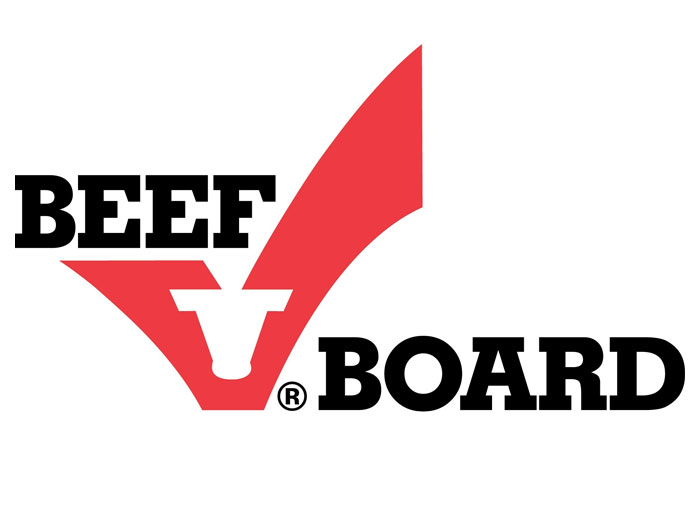National Beef Quality Audit Continues to Pay Dividends for the Beef Industry
February 21, 2024 | 3 min to read
The National Beef Quality Audit (NBQA), established in 1991 and funded by the Beef Checkoff, assesses consumer perceptions and industry challenges to enhance beef quality. Conducted every five years, the NBQA identifies key factors such as food safety concerns and electronic ID adoption, revealing that consumers expect safe products without questioning. Continued audits have driven improvements, ensuring the beef industry adapts effectively, with producers recognizing the audit's crucial role in maintaining market competitiveness and quality management.

The national Beef Checkoff program conducts extensive research to determine how its products are perceived by consumers and what the beef industry needs to improve to drive beef demand. The National Beef Quality Audit (NBQA) is the tool that the Checkoff has used since 1991 to uncover this data, and it continues to provide beef producers with the vital information they need to manage beef quality.
DENVER — Established in 1991 and funded by the Beef Checkoff, the National Beef Quality Audit (NBQA) helps the beef industry discover what it needs to change to improve the perception of its products. Conducted every five years, the NBQA identifies what “quality” and “value” mean to different beef industry sectors and consumers.
Dan Kniffen is a beef producer who has served several terms on the Cattlemen’s Beef Board (CBB), the governing body of the national Beef Checkoff program. A professor and cow/calf extension specialist at Penn State University, Kniffen has also served on multiple beef industry committees, and he is on the advisory board of the Beef Quality Assurance program.
You may know the adage, ‘If you don’t measure it, you can’t manage it.’ That’s exactly what the first NBQA did back in 1991 and continues to do today.Post this
“The advisory board develops the questions asked in each NBQA and ensures consistency with previous audits to permit a year-over-year data comparison,” Kniffen said. “Then, we meet to review and discuss the audit results in great detail with our group and the research team that conducts the audit to develop consistent messaging.”
The first NBQA in 1991 uncovered a host of challenges that the beef industry needed to overcome. Through a vigorous, industry-wide effort, stakeholders have tackled the challenges uncovered by that audit and the ones that followed.
“For example, the first NBQA raised the issue of injection-site lesions that consumers found concerning and distasteful,” Kniffen said. “Just a few short years later, injection-site lesions were almost nonexistent.”
Over the years, as the NBQA advanced through its five-year cycle, the industry continued to measure and manage challenges with the same quick attention and turnaround. To get a better handle on consumer perceptions, the audit now includes a section with input from an in-person consumer survey. Implementing this survey gives beef producers and other stakeholders the opportunity to discuss the resulting data at meetings around the country.
“The most recent NBQA took place in 2022,” Kniffen said. “After looking at that audit’s results, I was pleased to see the industry’s continued progress toward the goals specified in our Long Range Plan. We’ve significantly improved efficiency across the entire supply chain, and that’s helped control our production costs, which benefits all consumers.”
The 2022 NBQA found that today’s consumers are far less concerned about food safety than in previous years. They now simply expect beef to be safe without question – because the industry has taken the steps to ensure it is.
The audit also discovered more producers are adopting electronic ID for interstate movement of cattle, which should improve beef access to additional international markets. Another finding was that more prime and choice carcasses are now available due to slower packing plant operations during the pandemic. As a result, more cattle remained in feedlots longer, gaining more weight and getting into better condition than they might have during a typical production year. Given today’s low cattle inventories, this situation is likely to change as cattle in the feedlot sector cycle out.
The NBQA remains one of the best ways for the beef industry to get a handle on current beef industry data and trends. Without the audit, the industry would lose the opportunity to manage beef quality because it’s not measuring its performance. As the beef industry has identified areas requiring improvement, stakeholders have come together and developed effective plans to address those issues. Without the continued checks and balances that the audit provides, beef would likely lose market share, something no beef producer wants.
“Our livelihoods depend on the NBQA,” Kniffen said. “With the perspective of time, it’s plain to see that investing Checkoff dollars in the audit has returned significant dividends to producers and the entire beef industry. You may know the adage, ‘If you don’t measure it, you can’t manage it.’ That’s exactly what the first NBQA did back in 1991 and continues to do today.”
